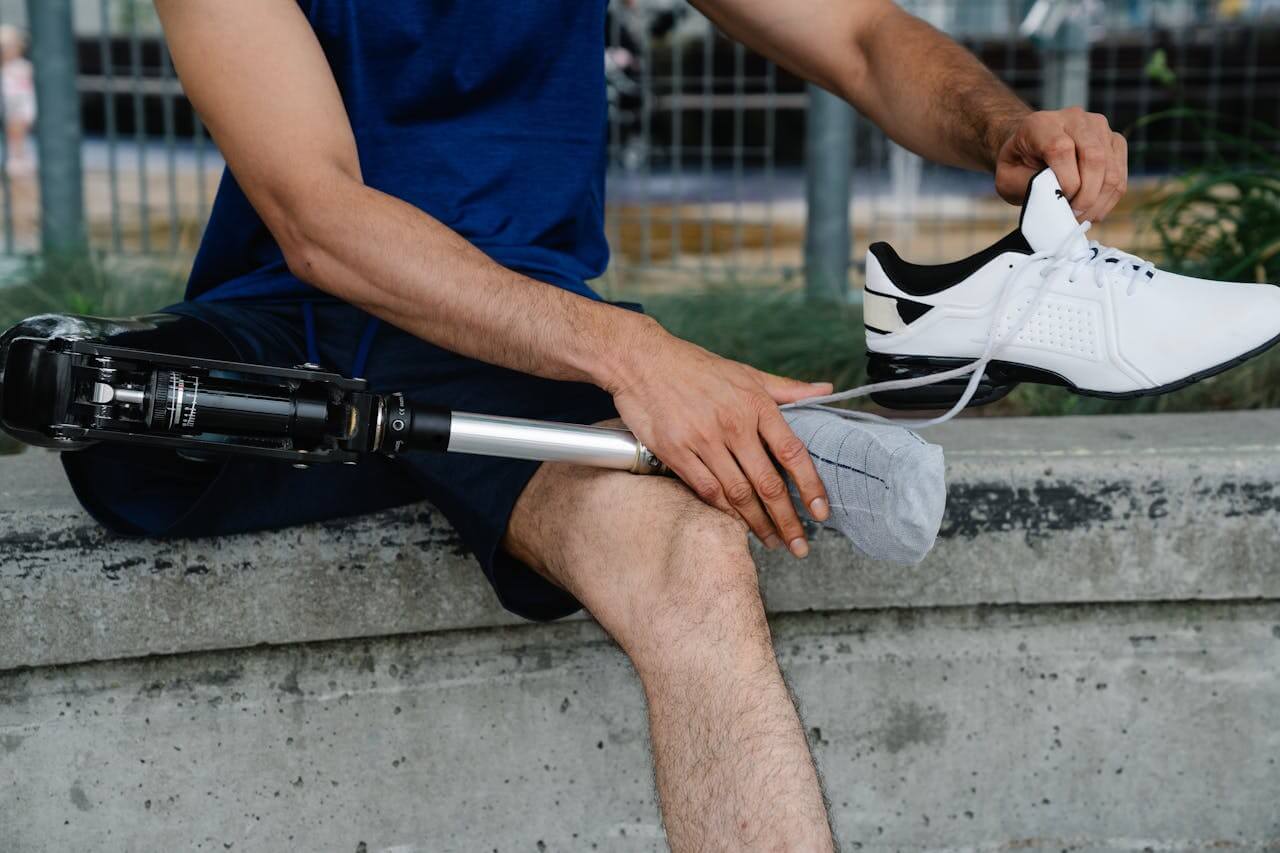Prosthetics have revolutionized the lives of individuals who have lost limbs due to injury, illness, or congenital conditions. These artificial devices restore functionality and enhance the quality of life, enabling individuals to perform daily activities and pursue their interests. There are four main types of prosthetics: upper limb, lower limb, cosmetic, and specialized prosthetics. Understanding each type and its applications is crucial for making informed decisions about prosthetic care and usage.
1. Upper Limb Prosthetics
Upper limb prosthetics are designed for individuals who have lost a part of their arm or hand. These prosthetics come in various forms, catering to different levels of amputation and user needs.
Types of Upper Limb Prosthetics:
- Passive Prosthetics: Also known as cosmetic prosthetics, these are primarily designed to look like a natural arm or hand. They do not have active functionality but can help with balance and basic stabilization tasks.
- Body-Powered Prosthetics: These prosthetics use a harness and cable system to control the device. Movements of the shoulders or other parts of the body transmit force to the prosthetic, allowing the user to perform tasks like gripping or lifting.
- Myoelectric Prosthetics: These advanced prosthetics use electrical signals from the user’s muscles to control movements. Sensors placed on the skin detect muscle contractions, which are then translated into movements of the prosthetic hand or arm. Myoelectric prosthetics offer greater dexterity and a more natural range of motion.
- Hybrid Prosthetics: Combining body-powered and myoelectric technologies, hybrid prosthetics offer the advantages of both systems. They provide versatility and functionality, allowing users to perform a wide range of activities.
Considerations:
- Functionality vs. Appearance: Depending on the individual’s lifestyle and priorities, they may choose a more functional prosthetic or one that prioritizes cosmetic appearance.
- Training and Adaptation: Users typically undergo training to learn how to operate their prosthetics effectively, especially for more complex devices like myoelectric prosthetics.
2. Lower Limb Prosthetics
Lower limb prosthetics are designed for individuals who have lost a part of their leg. These prosthetics are essential for mobility and independence, allowing users to walk, run, and engage in various physical activities.
Types of Lower Limb Prosthetics:
- Transtibial Prosthetics: These are for individuals with amputations below the knee. Transtibial prosthetics typically consist of a socket, pylon, and foot, providing stability and support for walking.
- Transfemoral Prosthetics: For individuals with amputations above the knee, these prosthetics include an artificial knee joint. The complexity of the knee joint can vary, with some featuring advanced microprocessor-controlled systems that mimic natural movement.
- Partial Foot Prosthetics: Designed for individuals with partial foot amputations, these prosthetics help with balance and walking. They can be customized to fit the specific needs of the user.
- Running and Activity-Specific Prosthetics: These specialized prosthetics are designed for athletic activities. They are lightweight and optimized for high performance, enabling users to run, jump, and participate in sports.
Considerations:
- Comfort and Fit: A well-fitting socket is crucial for comfort and function. Regular adjustments may be necessary to ensure the prosthetic fits properly as the residual limb changes over time.
- Technology and Cost: Advanced prosthetics with microprocessor-controlled joints offer greater functionality but can be more expensive. It’s important to balance the benefits with the costs and insurance coverage.
3. Cosmetic Prosthetics
Cosmetic prosthetics, also known as passive prosthetics, are primarily designed to replicate the appearance of a natural limb. While they do not offer active functionality, they play an important role in the psychological and emotional well-being of the user.
Features of Cosmetic Prosthetics:
- Realistic Appearance: Made from materials like silicone, these prosthetics are custom-designed to match the user’s skin tone, texture, and even features like freckles or veins.
- Basic Functionality: While their main purpose is cosmetic, some passive prosthetics can assist with simple tasks like pushing, pulling, or stabilizing objects.
- Psychological Benefits: The realistic appearance of cosmetic prosthetics can help individuals feel more comfortable and confident, reducing self-consciousness in social situations.
Considerations:
- Balance of Function and Form: Users need to decide whether the aesthetic benefits of cosmetic prosthetics outweigh the need for functional capabilities.
- Maintenance: Silicone and other materials used in cosmetic prosthetics require regular cleaning and maintenance to keep them looking realistic.
4. Specialized Prosthetics
Specialized prosthetics are designed for specific activities or occupations, providing enhanced performance and functionality tailored to unique needs.
Types of Specialized Prosthetics:
- Sports Prosthetics: These are designed for athletes and individuals who engage in specific sports. Examples include running blades for track athletes, swim prosthetics for swimmers, and custom devices for rock climbing or cycling.
- Occupational Prosthetics: Tailored for specific jobs or tasks, these prosthetics can include tools and attachments that help with activities like carpentry, cooking, or playing musical instruments.
- Pediatric Prosthetics: Designed for children, these prosthetics accommodate growth and development. They are often more durable and adjustable to keep up with an active child’s lifestyle.
Considerations:
- Customization: Specialized prosthetics are highly customized to meet the specific needs of the user. This often involves close collaboration with prosthetists, therapists, and sometimes even coaches or employers.
- Training and Adaptation: Using specialized prosthetics often requires additional training to master the specific movements and techniques needed for the activity or occupation.
Conclusion
Prosthetics are incredibly diverse and can be tailored to meet the unique needs of each individual. Understanding the different types of prosthetics—upper limb, lower limb, cosmetic, and specialized—can help individuals make informed decisions about their care and the devices that will best support their lifestyle and goals. Consulting with experienced prosthetists, engaging in rehabilitation, and staying informed about technological advancements are key steps in optimizing the use of prosthetic limbs and enhancing the overall quality of life.



